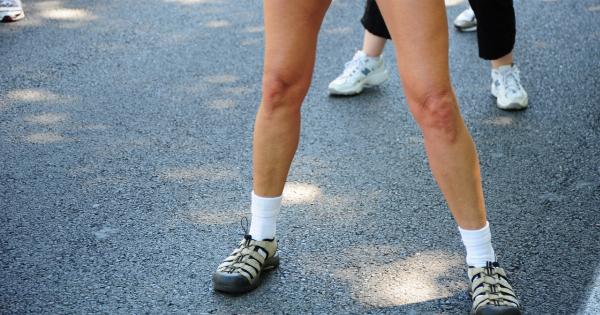Cholesterol is a fatty substance that is found in the blood. While it is necessary for the functioning of the body, high levels of cholesterol can increase the risk of heart disease and other health problems.
Thankfully, exercise can play a crucial role in controlling cholesterol levels. In this comprehensive guide, we will explore the various types of exercises that can help in cholesterol control and improve overall cardiovascular health.
Understanding Cholesterol
Before diving into the exercises, it’s important to understand the basics of cholesterol.
There are two types of cholesterol: low-density lipoprotein (LDL) cholesterol, often referred to as “bad” cholesterol, and high-density lipoprotein (HDL) cholesterol, also known as “good” cholesterol. High levels of LDL cholesterol can lead to plaque buildup in the arteries, whereas HDL cholesterol helps remove LDL cholesterol from the bloodstream.
The Role of Exercise
Regular exercise has been shown to increase HDL cholesterol while decreasing LDL cholesterol levels. Exercise not only boosts HDL levels but also enhances the efficiency of the body’s ability to remove LDL cholesterol from the bloodstream.
Additionally, engaging in physical activity helps control weight, reduce blood pressure, and improve overall cardiovascular health.
Aerobic Exercise
Aerobic exercises, also known as cardiovascular exercises, are highly beneficial for cholesterol control. These exercises range from brisk walking and jogging to swimming and cycling.
Aim for at least 150 minutes of moderate-intensity aerobic activity or 75 minutes of vigorous-intensity aerobic activity per week. Even short spurts of 10 minutes can make a difference to your cholesterol levels.
Strength Training
While aerobic exercises are essential for cholesterol control, strength training should not be neglected. Strength training including weightlifting or using resistance bands helps increase muscle strength and decreases body fat.
Regular strength training can improve cholesterol levels by reducing LDL cholesterol and increasing HDL cholesterol.
Interval Training
Interval training involves alternating bursts of high-intensity exercises with periods of rest or low-intensity activity.
This type of training has been found to be particularly effective in improving cardiovascular health and controlling cholesterol levels. It boosts HDL cholesterol while decreasing levels of triglycerides and LDL cholesterol.
Yoga and Pilates
Although yoga and Pilates may not give you the same cardiovascular workout as running or cycling, they offer several benefits for cholesterol control. These exercises improve flexibility, reduce stress levels, and enhance overall well-being.
Additionally, certain yoga asanas have been found to have a positive impact on cholesterol levels.
Importance of Consistency
Consistency is key when it comes to cholesterol control through exercise. It is important to make exercise a regular part of your routine to experience long-term benefits.
Aim for a balance between aerobic exercises, strength training, and interval training to maximize cholesterol control.
Supplementing with a Healthy Diet
While exercise plays a significant role in cholesterol control, it should be complemented with a healthy diet. Incorporate foods rich in omega-3 fatty acids, such as fatty fish and nuts, as they have been shown to improve cholesterol levels.
Avoid foods high in saturated and trans fats, as they can raise LDL cholesterol levels.
Monitoring Cholesterol Levels
Regular monitoring of cholesterol levels is essential to gauge the effectiveness of exercise and dietary changes.
Consult with your healthcare provider to determine the appropriate frequency of cholesterol checks and discuss any concerns or questions you may have.
Conclusion
Exercise is a powerful tool for cholesterol control.
By engaging in aerobic exercises, strength training, interval training, and incorporating activities like yoga and Pilates, you can improve your cholesterol profile and reduce the risk of heart disease. Remember to stay consistent, maintain a healthy diet, and monitor your cholesterol levels regularly to optimize the benefits of exercise on cholesterol control.



























